What's on my sweet potato leaf?
mwilkins
10 years ago
Featured Answer
Comments (14)
calliope
10 years agomwilkins
10 years agoRelated Professionals
Barrington Hills Landscape Architects & Landscape Designers · Paradise Landscape Architects & Landscape Designers · Tempe Landscape Contractors · Choctaw Landscape Contractors · Golden Gate Landscape Contractors · Huntley Landscape Contractors · New Berlin Landscape Contractors · Pahrump Landscape Contractors · Painesville Landscape Contractors · Selden Landscape Contractors · Tacoma Landscape Contractors · Tigard Landscape Contractors · Watertown Landscape Contractors · Markham Landscape Contractors · Clearfield Landscape Contractorskimpa zone 9b N. Florida.
10 years agorhizo_1 (North AL) zone 7
10 years agomwilkins
10 years agoken_adrian Adrian MI cold Z5
10 years agoMegan Hawley
7 years agolast modified: 7 years agojean001a
7 years agojessicamouellette
6 years agoJohn Young
5 years agoMichaela Bernier
3 years agoMichaela Bernier
3 years agodeann03
2 years ago
Related Stories

FOLIAGEGreat Design Plant: Ornamental Sweet Potato Vine
Versatile, fast growing, inexpensive and easy on the eyes, ornamental sweet potato vine has it all
Full Story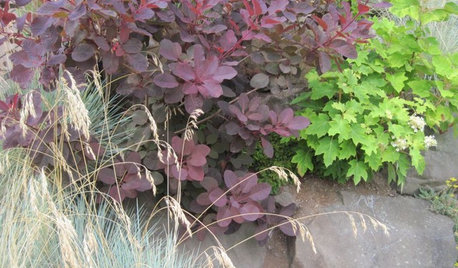
PURPLE FOLIAGE5 Purple-Leaf Majesties of Shrubs
Looking for beautiful depth and dynamism in your landscape? Just add purple
Full Story
GARDENING GUIDES3 Ways to Revel in Summer Garden Sweetness
Patiently observe what works and doesn’t work in your landscape
Full Story
GARDENING AND LANDSCAPINGWorld of Design: 10 Home Gardeners Show Us Their Sweet Summer Harvests
From New York to Tokyo, these gardeners have turned their yards, terraces and rooftops into places of bounty
Full Story
EDIBLE GARDENSHow to Grow Your Own Sweet Summer Crops
This guide will help any gardener get started on growing the freshest warm-season veggies and berries for summer
Full Story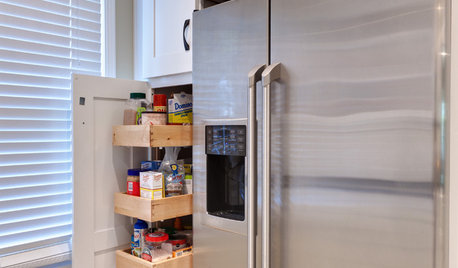
KITCHEN STORAGEPantry Placement: How to Find the Sweet Spot for Food Storage
Maybe it's a walk-in. Maybe it's cabinets flanking the fridge. We help you figure out the best kitchen pantry type and location for you
Full Story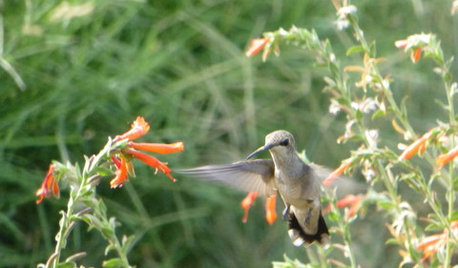
GARDENING GUIDESSweet Serendipity: Opening to Happy Garden Discoveries
Unplanned nature scenes can be unbelievably beautiful; you just need to know how to look
Full Story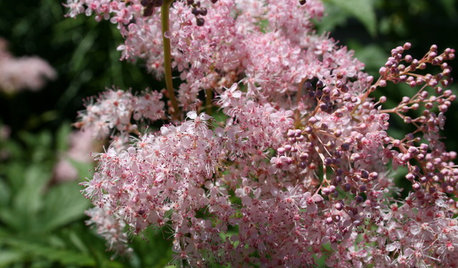
GARDENING GUIDESGreat Design Plant: Discover Queen of the Prairie's Sweet Aroma
If you like the look of cotton candy and the smell of roses and want an easy perennial, you're in luck with this plant
Full Story
HOUZZ TOURSMy Houzz: Sweetly Charming Ohio Family Cottage
This well-loved home exudes warmth with family heirlooms and hand-crafted furnishings, paired with a gorgeous backyard garden
Full Story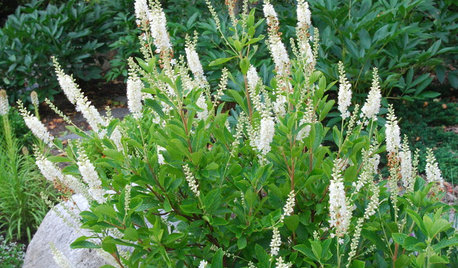
GARDENING GUIDESGreat Design Plant: Coastal Sweet Pepperbush Perfumes Gardens All Year
Bottlebrush blooms, gorgeous fall color and delightful fragrance give this U.S. native shrub 4-season appeal
Full Story







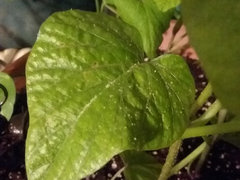
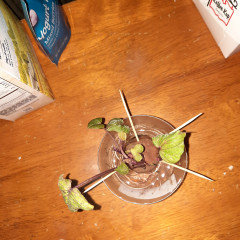
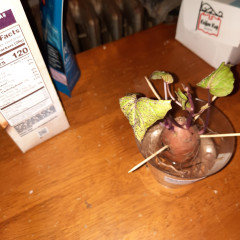

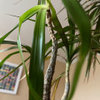
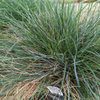
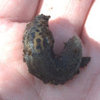

Jenny Monzo